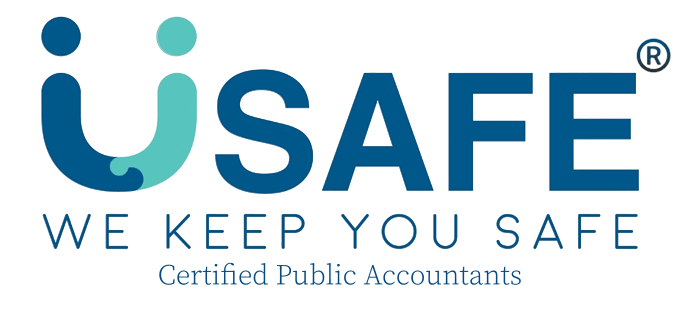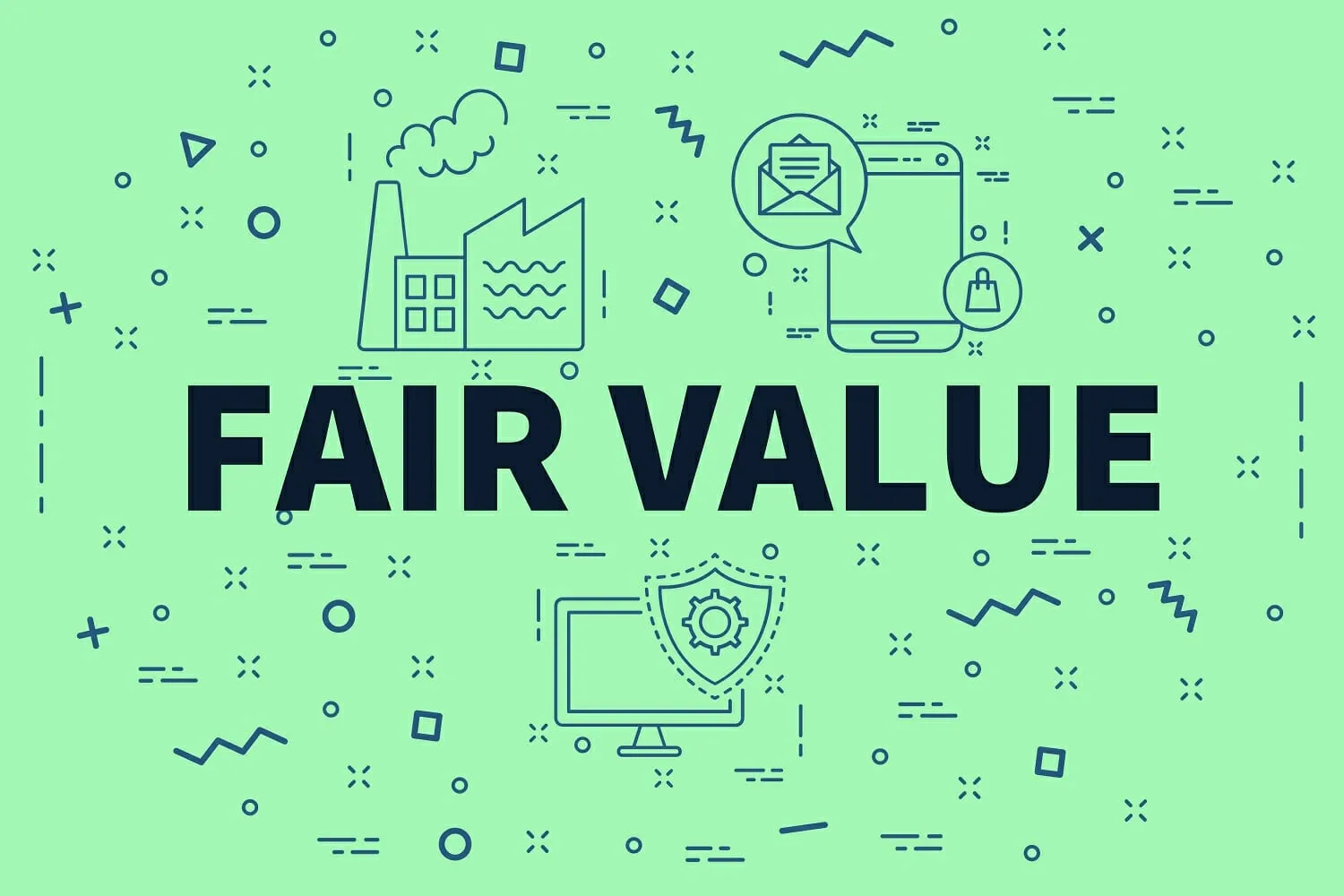IFRS 13 Fair Value Measurement – Framework, Valuation Techniques, and Disclosure Requirements
1️⃣ Introduction: Understanding IFRS 13 Fair Value Measurement
IFRS 13 Fair Value Measurement provides a single, consistent framework for measuring fair value across all IFRS standards.
In Singapore, where companies value investment properties, financial instruments, and intangible assets, IFRS 13 Fair Value Measurement ensures these valuations are transparent, comparable, and grounded in market-based assumptions.
Therefore, financial statements show clearer, more reliable fair-value information.
2️⃣ Purpose and Scope
IFRS 13 does not tell companies when to apply fair value. Instead, it explains how to measure fair value when another IFRS requires it (such as IFRS 9, IFRS 16, IAS 40, and IAS 41).
The standard aims to create consistency in:
-
Fair-value definition
-
Valuation techniques
-
Inputs and assumptions
-
Disclosure requirements
As a result, users receive fair-value information that reflects real market conditions.
3️⃣ What Is Fair Value?
Under IFRS 13 Fair Value Measurement, fair value is:
“The price that would be received to sell an asset or paid to transfer a liability in an orderly transaction between market participants at the measurement date.”
Key elements include:
-
Exit price (not entry price)
-
Market participant perspective
-
Orderly transaction
-
Current market conditions
In addition, fair value reflects assumptions that knowledgeable, willing buyers and sellers would use.
4️⃣ The Fair Value Hierarchy (Level 1, Level 2, Level 3)
IFRS 13 classifies inputs into three levels:
Level 1 (Highest Priority)
Quoted prices in active markets for identical assets or liabilities.
Examples: listed shares, REIT prices.
Level 2
Observable inputs for similar items or indirectly derived values.
Examples:
-
Corporate bond yield curves
-
Interest-rate swaps
-
Valuations based on market comparables
Level 3 (Lowest Priority)
Unobservable inputs, often requiring significant judgement.
Examples:
-
Private-equity valuations
-
Investment property valuations
-
Valuation of unquoted shares
Therefore, companies must prioritise Level 1 inputs whenever available.
5️⃣ Valuation Techniques Under IFRS 13
IFRS 13 Fair Value Measurement allows three main valuation techniques:
(a) Market Approach
Uses prices and information from market transactions.
Example: Comparable property transactions.
(b) Cost Approach
Based on replacement cost of the asset.
Example: Replacement cost of specialised machinery.
(c) Income Approach
Discounts future cash flows to present value.
Example: DCF valuation for investment properties.
As a result, companies choose the method that best reflects market assumptions.
6️⃣ Highest and Best Use (HBU)
For non-financial assets, fair value reflects the asset’s highest and best use, even if this differs from current use.
Considerations include:
-
Physical possibility
-
Legal permissibility
-
Financial feasibility
Therefore, land currently used for storage may have a higher fair value if rezoning allows commercial use.
7️⃣ Fair Value of Liabilities
To measure liabilities at fair value, IFRS 13 requires companies to consider:
-
Non-performance risk
-
Credit risk
-
Market assumptions of a transfer to another party
In addition, entities must assume the liability continues, not extinguished.
8️⃣ Disclosure Requirements
IFRS 13 requires detailed disclosures, especially for Level 3 valuations:
-
Valuation techniques used
-
Significant assumptions and inputs
-
Sensitivity analysis for key inputs
-
Reconciliation of Level 3 movements
-
Fair-value hierarchy table (Level 1/2/3)
In Singapore, ACRA FRSP frequently reviews Level 3 disclosures, particularly for investment properties and unquoted equity valuations.
9️⃣ Example: IFRS 13 in Practice
Scenario:
uSafe Accounting Pte. Ltd. holds:
-
A Level 1 listed equity investment
-
A Level 2 corporate bond
-
A Level 3 investment property valued using DCF
Under IFRS 13 Fair Value Measurement, uSafe must:
-
Measure the listed share using quoted market prices
-
Measure the bond using observable yield curves
-
Value the property with an income approach and disclose discount rates, growth assumptions, and sensitivity
Consequently, stakeholders understand how fair values were derived and how sensitive they are to changes.
🔟 Common Errors
-
Using entry prices instead of exit prices
-
Missing sensitivity analysis for Level 3 inputs
-
Mixing valuation techniques without justification
-
Not updating discount rates to current market conditions
-
Insufficient disclosure of assumptions or fair-value hierarchy
Avoiding these errors improves audit quality and compliance.
11️⃣ Best Practices
To apply IFRS 13 effectively:
✅ Use independent market data whenever possible
✅ Document each valuation technique clearly
✅ Update assumptions regularly
✅ Provide clear Level 3 sensitivity disclosures
✅ Align IFRS 13 disclosures with IFRS 7 and IFRS 9 requirements
In addition, companies should ensure valuation reports are consistent with financial-statement disclosures.
Conclusion
IFRS 13 Fair Value Measurement provides a consistent and market-based approach to valuing assets and liabilities.
Therefore, applying IFRS 13 enhances transparency, improves comparability, and supports high-quality financial reporting for Singapore companies, especially those with financial instruments or investment properties.
Disclaimer: This article is for informational purposes only and does not constitute any professional advice. Feel free to contact us to consult with our professional advisors team for personalized advice and guidance.
Sources: https://www.ifrs.org/issued-standards/list-of-standards/ifrs-13-fair-value-measurement/




